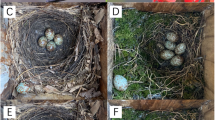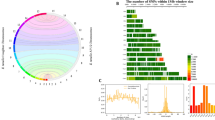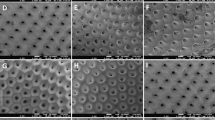Abstract
PROF PUNNETT1 has suggested that Prof. Wynne-Edwards' ingenious hypothesis2 for explaining how the gentes of parasitic cuckoos may be kept distinct despite their promiscuous orpolyandrous matinghabits could be replaced by the assumption that it is the Y-chromosome of the mother which carries the factor assumed to determine the gens to which the offspring belong. It is not clear that such an alternative theory has any advantages over the original one (though it might have, were the degree of mimicry invariable). It seems slightly less plausible genetically owing to the paucity of known Y-chromosome genes, and has the distinct disadvantage that it involves the offspring all belonging to the same gens as the mother; the “mechanismprovided for stabilising the population by damping the fluctuations caused by the host species” which is inherent in Prof. Wynne-Edwards' theory is therefore lacking.
This is a preview of subscription content, access via your institution
Access options
Subscribe to this journal
Receive 51 print issues and online access
$199.00 per year
only $3.90 per issue
Buy this article
- Purchase on SpringerLink
- Instant access to full article PDF
Prices may be subject to local taxes which are calculated during checkout
Similar content being viewed by others
References
NATURE, 132, 892, Dec. 9, 1933.
NATURE, 132, 822, Nov. 25, 1933.
Author information
Authors and Affiliations
Rights and permissions
About this article
Cite this article
HUSKINS, C. Inheritance of Egg-Colour in the ‘Parasitic’ Cuckoos. Nature 133, 260 (1934). https://doi.org/10.1038/133260b0
Issue date:
DOI: https://doi.org/10.1038/133260b0



